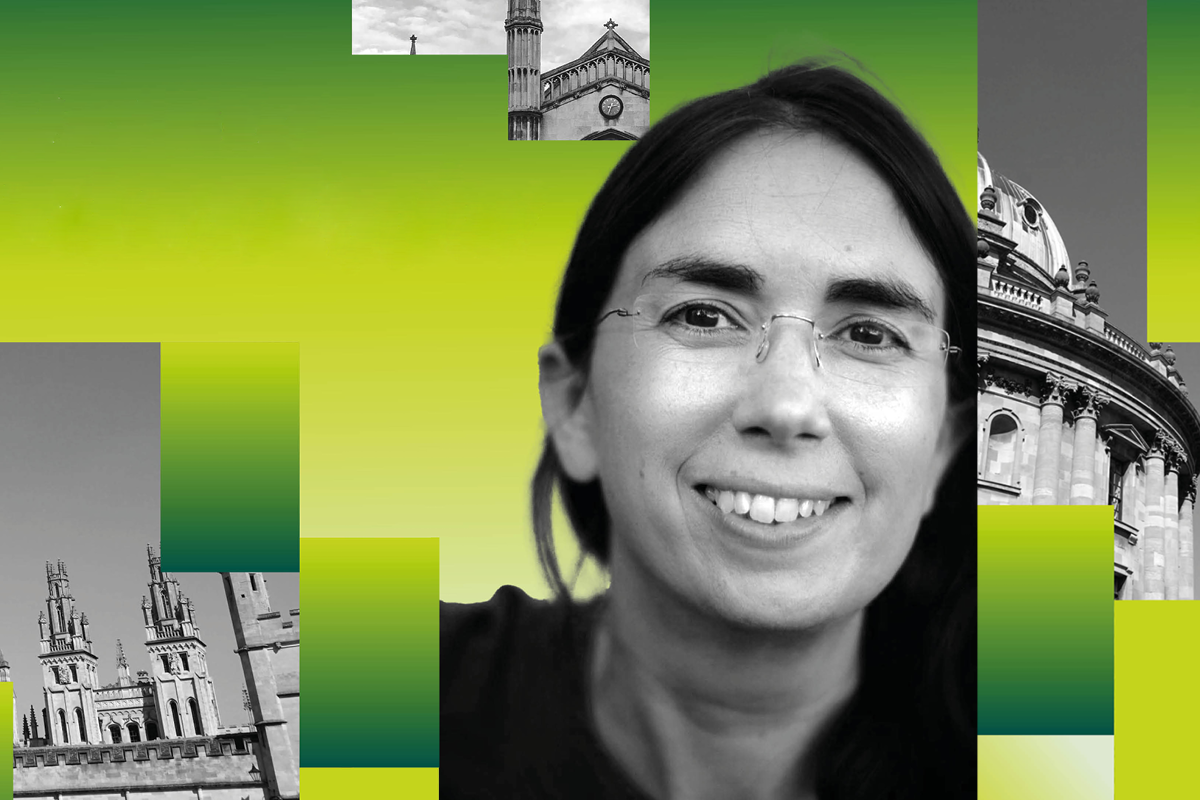How we created a curriculum for sustainability
Matt Davidson
“At every stage, we’ve had to ask how learning can encourage active exploration and inspire learners to see how they can contribute to solutions—large and small—that make our planet more sustainable.”

The Oxford International Curriculum is all about helping learners thrive and flourish in life through education. In recent years, children and young people have become more and more concerned about our environment – and the climate crisis in particular. Increasingly, teachers have been telling us that they want to bring sustainability into the classroom but aren’t sure how to do so, especially without worsening climate anxiety.
So, my team have worked hard with teachers and external experts to develop Sustainability as a new subject for the Oxford International Curriculum.
How did we go about it? How did we make sure we focused on positive action?
We took UNESCO’s definition as our starting point:
“Education for sustainable development allows every human being to acquire the knowledge, skills, attitudes, and values necessary to shape a sustainable future”
We assembled a team of experts from within OUP and from our partners around the world. The lead external developer is Jaimie Cloud, founder of the Cloud Institute for Sustainability Education based in New York. Jaimie was joined by primary teacher Jody Ellenby and Geography teacher and author Becky Tudor, alongside experts from Oxford and the wider academic community.
Jamie designed three main domains, each of which is revisited every year between Years 1 to 9 to build understanding through enquiry-based learning:
-
Living on Planet Earth
-
Taking responsibility for the difference we make
-
Making change
To help bring the curriculum to life, we’ve also developed 27 student project packs to be used in class, each of which includes interactive e-books, alongside 324 extensive lesson plans, schemes of work, and assessment criteria.

But when creating the teaching and learning resources for a subject like this, we did face a big challenge which was never simply starting with a “problem”—which is negative.
We always had to start with the goal, or the preferred state, or the vision. Someone once said that problem-solving is mainly about making what you don’t want ‘just go away’, whereas creating involves bringing something you care about into reality, and it takes its energy from dreams or visions of what people truly want to see exist. This is a mindset shift, and creating materials that adhere to this is not easy.
At every stage, we’ve had to ask how learning can encourage active exploration and inspire learners to see how they can contribute to solutions—large and small—that make our planet more sustainable. This is an international curriculum, and we’ve ensured place-based learning, which engages students in their community – including their physical environment, local history, people, or culture.
We worked with partner schools to pilot the curriculum and we’ve incorporated their feedback into the final version. We’ve also seen the learners’ project work from the pilot phase, which has been so inspiring!
Our Oxford International Curriculum for Sustainability has been a very collaborative effort. This is an interdisciplinary curriculum that integrates science, technology, engineering, the arts, and mathematics (STEAM), as well as other subjects such as English, humanities, and social science. The curriculum draws on the expertise of colleagues from across these subjects, and I’m hugely grateful to everyone who has contributed.

I’m really proud of what we have produced and I look forward to seeing it in action later this year.
Find out more about the Oxford International Curriculum for Sustainability.



